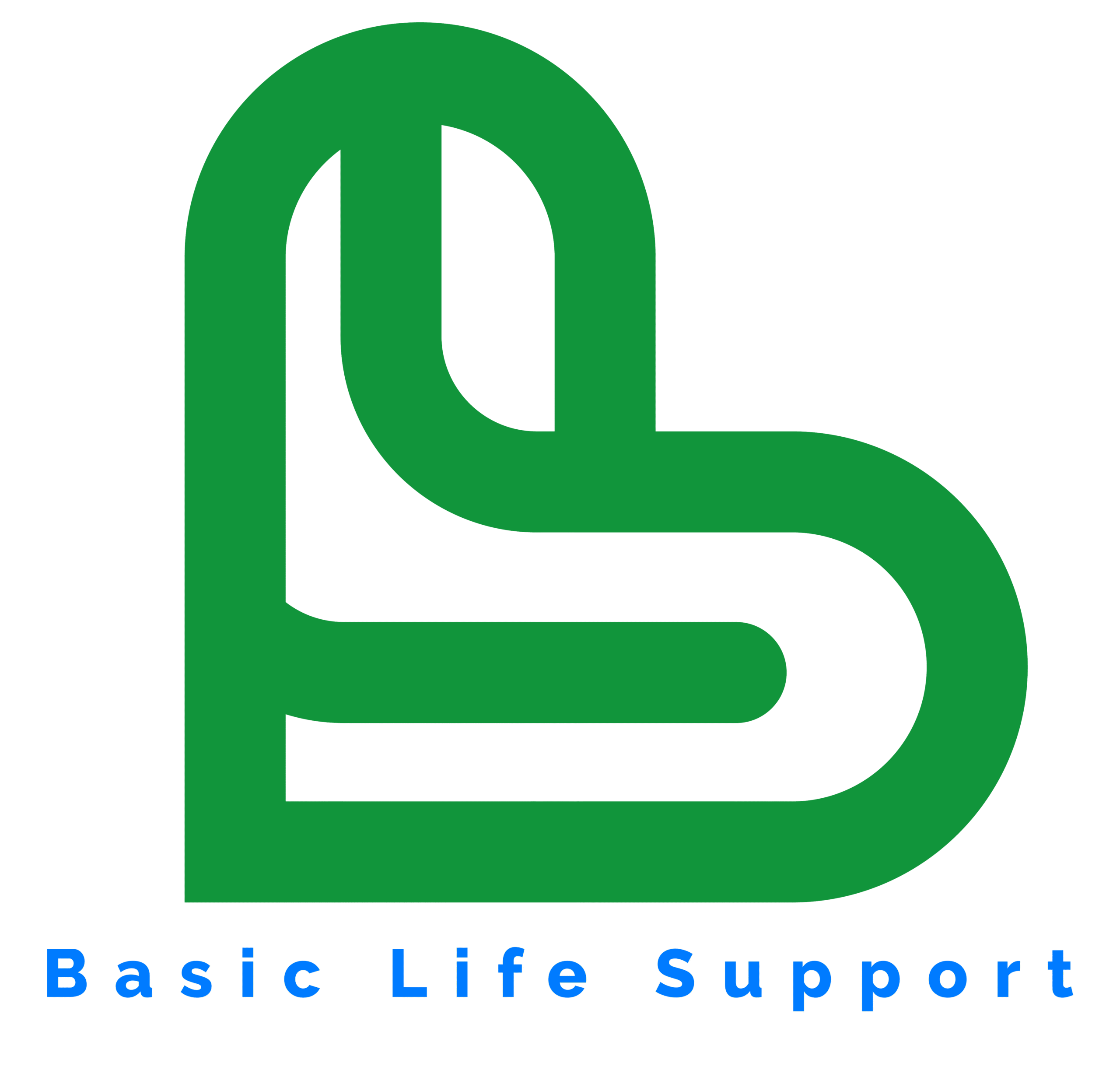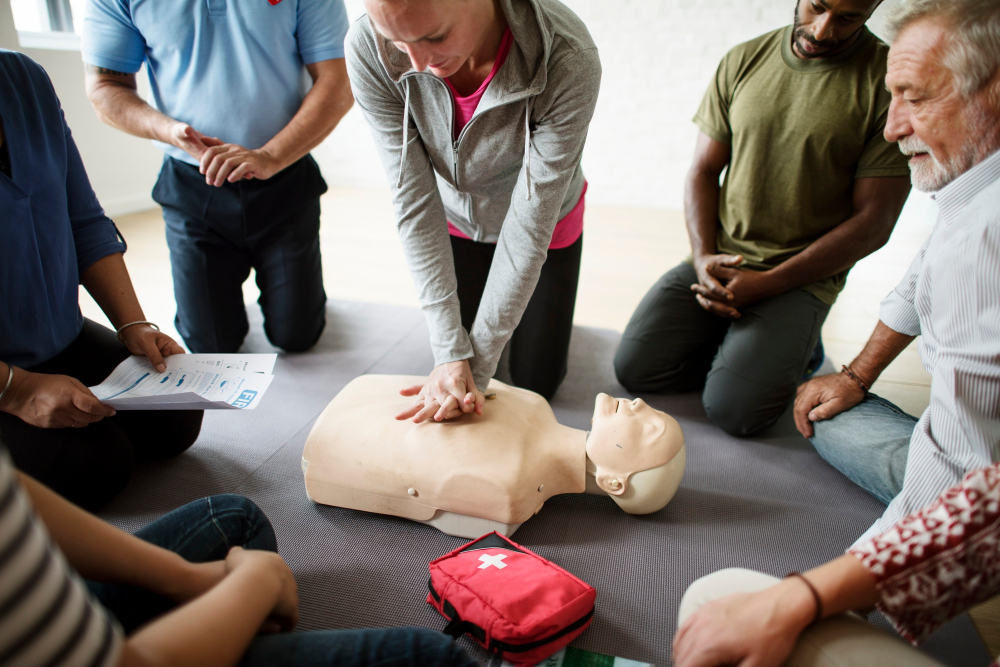In a medical emergency, every second counts. Whether it’s a sudden cardiac arrest, a choking incident, or witnessing someone collapse, the ability to respond quickly and effectively can be the difference between life and death. This is where Basic Life Support (BLS) training comes in. This comprehensive guide will walk you through everything you need to know about BLS, its importance, what it entails, and how you can become certified, particularly within Canada.
What Exactly is Basic Life Support (BLS)?
Basic Life Support (BLS) is a foundational level of emergency medical care that healthcare professionals and trained laypersons use to respond to life-threatening emergencies. It typically involves non-invasive procedures to support breathing, circulation, and airway patency until more advanced medical help arrives. The core principles of BLS are centered around the “ABCs” – Airway, Breathing, and Circulation – and often include the use of an Automated External Defibrillator (AED).
Why is BLS Training So Important?
- Empowering Bystanders: BLS training equips individuals with the confidence and skills to act decisively in critical situations. You don’t need to be a doctor or nurse to make a life-saving difference.
- Improving Survival Rates: Prompt and effective BLS interventions, especially CPR and AED use, have been proven to significantly increase the survival rates of individuals experiencing cardiac arrest.
- Bridging the Gap: BLS provides essential support until paramedics or other advanced medical personnel can take over. Those crucial first few minutes are often the most critical.
- Professional Requirement: For many healthcare professionals, first responders, and individuals in specific industries, BLS certification is a mandatory requirement for employment and licensing.
- Community Safety: A community with more BLS-trained individuals is a safer community. You could be the one to help a family member, friend, colleague, or even a stranger in need.
What Does BLS Training Typically Involve?
A comprehensive BLS training course will typically cover the following key areas:
- Recognizing Emergencies: Learning to identify the signs and symptoms of life-threatening conditions such as cardiac arrest, stroke, and severe allergic reactions.
- Activating the Emergency Response System: Knowing how and when to call for emergency medical services (e.g., 911 in Canada) and providing crucial information to dispatchers.
- Airway Management: Techniques to open and maintain a clear airway, including head-tilt chin-lift and jaw-thrust maneuvers
- Breathing Support: Assessing for breathing and providing rescue breathing for individuals who are not breathing or not breathing effectively.
- Circulation Support (CPR): Learning the proper techniques for chest compressions on adults, children, and infants, ensuring adequate depth and rate.
Automated External Defibrillator (AED) Use: Understanding how to safely and effectively use an AED to deliver an electrical shock to the heart in cases of ventricular fibrillation.
- Teamwork and Communication: Practicing how to work effectively as part of a resuscitation team.
- Relief of Foreign Body Airway Obstruction (Choking): Techniques for helping adults, children, and infants who are choking.
- Special Considerations: Addressing BLS in specific situations, such as drowning or opioid overdose (often including naloxone administration where applicable and within scope).
- Legal and Ethical Considerations: Understanding Good Samaritan laws and your responsibilities as a trained responder.
BLS Training in Canada: What to Expect
In Canada, BLS training is widely available through various organizations, including:
- Heart & Stroke Foundation of Canada: A leading provider of resuscitation and first aid training across the country. Their BLS course is highly recognized and often a standard requirement for healthcare professionals.
- Canadian Red Cross: Another reputable organization offering BLS and other emergency care courses.
- Private Training Providers: Numerous private companies also offer BLS certification courses that meet recognized standards.
When enrolling in a BLS course in Canada, you can typically expect:
- Hands-on Practice: A significant portion of the course will involve practical skills training with manikins and AED trainers.
- Scenario-Based Learning: You’ll participate in realistic scenarios to apply your knowledge and skills in a simulated emergency environment.
- Certified Instructors: Courses are taught by certified instructors who are experienced in emergency medical care.
- Certification Card: Upon successful completion of the course and demonstration of competency, you will receive a BLS certification card that is typically valid for a specific period (usually 1-2 years). Renewal courses are available to keep your certification current.
How to Get BLS Certified in Canada
- Find a Reputable Provider: Research and choose a recognized BLS training provider in your area (Heart & Stroke Foundation, Canadian Red Cross, or a reputable private provider). You can often find courses online through their websites.
- Enroll in a Course: Check the course schedule and register for a BLS course that fits your needs and availability. Consider whether you prefer an in-person or blended (online theory with in-person skills practice) format if available.
- Attend the Training: Actively participate in all aspects of the course, ask questions, and practice the skills diligently.
- Demonstrate Competency: You will be required to demonstrate your ability to perform BLS skills correctly during practical assessments.
- Receive Your Certification: Upon successful completion, you will receive your BLS certification card.
- Renew Your Certification: Be aware of the expiry date of your certification and enroll in a renewal course before it expires to maintain your credentials.
The Future of BLS Training: Incorporating Technology
As technology advances, so does BLS training. You may see increasing integration of:
- Online Learning Modules: Allowing for flexible learning of the theoretical aspects of BLS.
- Virtual Reality (VR) Simulations: Providing immersive and realistic emergency scenarios for practice.
- Artificial Intelligence (AI) Feedback: Offering personalized feedback on CPR technique and decision-making during simulations.
These advancements aim to make BLS training more accessible, engaging, and effective.
Conclusion
BLS training is an invaluable investment in yourself and your community. It empowers you to act confidently and competently in life-threatening emergencies, potentially saving a life. Whether you are a healthcare professional requiring certification or a concerned citizen wanting to be prepared, taking a BLS course in Canada is a crucial step towards building a safer and more resilient society. Don’t wait for an emergency to wish you knew what to do – get BLS certified today.




